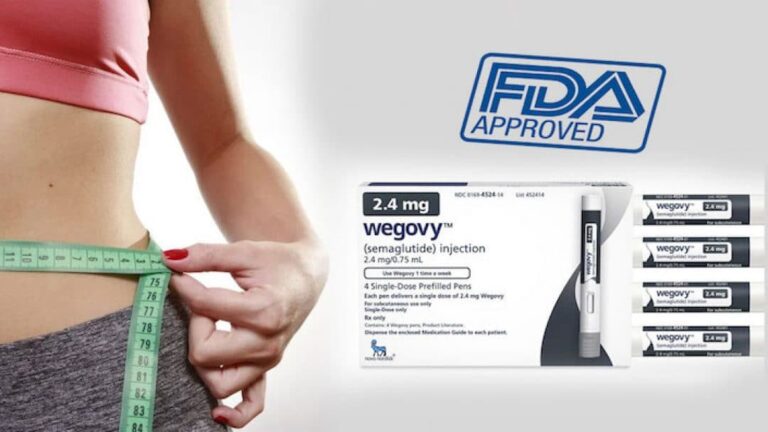
Feeding your fish healthy, homemade food can be a rewarding way to ensure they get a balanced diet. Not only does it allow you to tailor the food to their nutritional needs, but it also provides fresh, high-quality ingredients. Here’s how you can make fish food at home using simple ingredients from your kitchen.
Ingredients for Homemade Fish Food
To create homemade fish food, start by gathering these core ingredients:
- Vegetables: Spinach, peas, carrots, and zucchini are great for adding essential vitamins and fiber.
- Proteins: Fresh shrimp, fish fillets, or beef hearts are ideal sources of proteins, which are necessary for the growth and health of your fish.
- Gelatin: Used to bind the ingredients together.
- Supplements: Optional fish oil, vitamins, and spirulina to enhance the nutritional content.
How to Make Fish Food
- Prepare the Vegetables:
- Wash and lightly steam vegetables like spinach, peas, and zucchini. This softens the vegetables and makes it easier for fish to digest them.
- Blend the Ingredients:
- Take your steamed vegetables and blend them together with the proteins (such as shrimp or fish fillets). Make sure the mixture has a smooth consistency.
- A finer texture is recommended for fish like goldfish or bettas to help them eat comfortably.
- Add Gelatin:
- Prepare gelatin according to the packet instructions. Add it to the blended ingredients to bind the mixture. This step is critical to create fish food flakes or pellets.
- Shape the Food:
- Pour the blended mixture onto a tray and flatten it out to your desired thickness.
- For pellet-sized food, shape small balls with your hands.
- Freeze the mixture until it solidifies, then break it into pieces or cubes for easy feeding.
Types of Fish Food Recipes
- Fish Flakes Recipe:
- Use a combination of leafy greens, fish fillets, and gelatin to create thin flakes. Dry the mixture in an oven or dehydrator for crisp flakes.
- Pellet Fish Food Recipe:
- For a more solid option, create pellets by rolling the mixture into small balls. This works well for larger fish like cichlids or koi.
- Specific Fish Types:
- Customize your recipes depending on the species of fish. For example, a betta fish food recipe will need more protein, while a goldfish food recipe may benefit from a higher vegetable content.
Nutritional Information
Protein-Rich Fish Food:
Include shrimp, fish fillets, and even insect larvae for a protein boost.
Balanced Diet for Fish:
Rotate ingredients and add vitamin supplements to ensure your fish gets various nutrients.
Vitamin Supplements for Fish:
Adding a drop of fish oil or spirulina powder can enhance the nutritional value of your homemade fish food.
Special Diets for Fish
Fish Fry Food Recipe:
Create a finer, nutrient-rich paste for baby fish, focusing on proteins for growth.
Fish Food for Color Enhancement:
Add ingredients like spirulina or paprika to enhance the vibrant colors of your fish naturally.
Fish Food for Breeding:
Increase protein and nutrient content to support breeding and reproduction.
Feeding and Storage Tips
- How Often to Feed Fish: Fish should be fed in small portions once or twice daily.
- Portion Control for Fish Food: Overfeeding can lead to water contamination. Stick to small, manageable portions that fish can consume within minutes.
- Storing Homemade Fish Food: Freeze unused portions in ice cube trays or airtight containers for up to 6 months.
Common Mistakes and Troubleshooting
- Fish Food Allergies: If your fish show signs of distress after eating, eliminate certain ingredients and consult a vet.
- Avoiding Contamination: Use clean utensils and fresh ingredients to prevent bacterial growth in your homemade fish food.
- Water Quality: Ensure that the food doesn’t cloud the water, which can harm your fish.
Comparing Homemade Fish Food with Commercial Options
While homemade fish food offers complete control over ingredients, it requires time and effort. Commercial fish food brands often offer convenience but may contain preservatives or fillers. Balancing between homemade and store-bought options can ensure your fish gets the best of both worlds.
Conclusion:
Making fish food at home allows you to cater to the specific dietary needs of your aquarium fish, whether they require high-protein, vitamin-rich, or organic meals. By following this guide, you can create nutritious, cost-effective fish food that will keep your aquatic pets happy and healthy.















